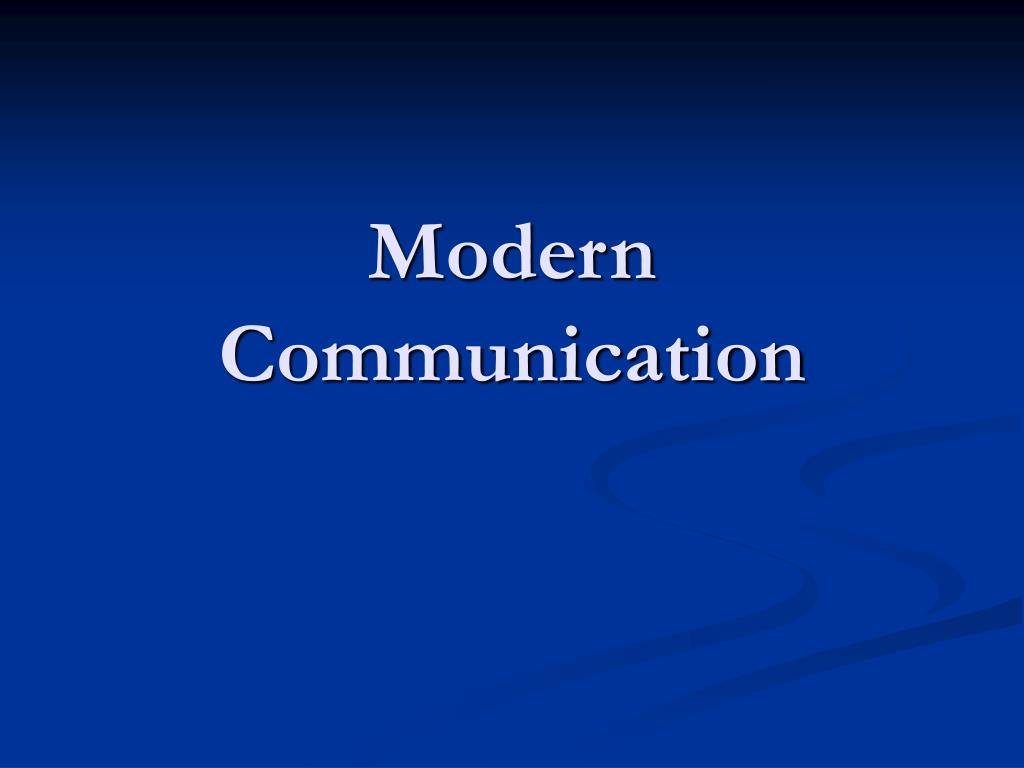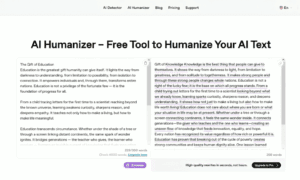In today’s fast-paced digital world, communication is increasingly becoming concise, targeted, and visually engaging. One of the essential tools that support this transformation is the presentation software known widely as Microsoft PowerPoint. However, as attention spans dwindle and the need for micro-content grows, a new concept is emerging: Smallppt.
While “Smallppt” is not an officially recognized software or tool by Microsoft, it is gaining popularity as a term used to refer to small, lightweight PowerPoint presentations — presentations that are minimalist, highly focused, and easy to share. Whether you’re a student preparing for a quick classroom presentation, a startup pitching a product, or a content creator designing a shareable micro-learning asset, Smallppt offers a fresh approach to visual storytelling.
This article explores what Smallppt means, why it’s becoming popular, how it differs from traditional PowerPoint presentations, and how to create effective Smallppt decks for various audiences.
What is Smallppt?
The term Smallppt is a portmanteau of “Small” and “PPT” (short for PowerPoint). It refers to:
- Compact PowerPoint presentations: typically 1–10 slides.
- Minimalistic designs: clean visuals, no clutter.
- Purpose-driven content: each slide serves a specific objective.
- Lightweight file sizes: optimized for sharing via email, mobile devices, or cloud services.
- Time-efficient delivery: suitable for 2–5 minute presentations.
While it may sound like a simple idea, the power of Smallppt lies in its ability to communicate ideas quickly and effectively in a world full of information overload.
The Rise of Bite-Sized Content
1. Attention Economy
The average human attention span is now less than eight seconds — shorter than that of a goldfish, according to studies. In such an environment, lengthy presentations with excessive text and graphics often miss the mark. This has led to a rise in micro-presentations, where Smallppt decks shine.
2. Mobile-First Communication
With increasing dependence on smartphones and tablets, professionals and learners are viewing content on smaller screens. Large, elaborate PowerPoint files are hard to navigate and slow to load on mobile devices. Smallppt files, by contrast, are mobile-optimized and quick to consume.
3. Learning and Development Trends
The e-learning industry is shifting towards microlearning — delivering content in short, focused bursts. Smallppt presentations are being used widely in this context, helping instructors and content developers deliver precise, manageable information chunks.
Use Cases of Smallppt
1. Educational Presentations
In classrooms, teachers and students often use Smallppt decks for:
- Quick revision sessions.
- Explaining one concept at a time.
- Presenting assignments or mini-projects.
Benefits: Better retention, faster comprehension, and increased student engagement.
2. Business and Corporate Communication
In the business world, Smallppt is ideal for:
- Elevator pitches.
- Project status updates.
- Product feature showcases.
- Investor teasers.
Benefits: Quick decision-making, focused messaging, and reduced preparation time.
3. Marketing and Branding
Marketers use Smallppt decks to:
- Create downloadable content for email campaigns.
- Share short presentations on social media platforms like LinkedIn and SlideShare.
- Train sales teams with quick product knowledge decks.
Benefits: Higher engagement rates and easier brand communication.
4. Freelancers and Solopreneurs
Freelancers, consultants, and small business owners often use Smallppt to:
- Present portfolios.
- Explain pricing models.
- Onboard clients.
Benefits: Saves time, projects professionalism, and enhances clarity.
Key Features of an Effective Smallppt
To create a Smallppt that delivers impact, focus on the following principles:
1. Keep It Short and Focused
Limit your presentation to 1–10 slides. Each slide should serve a singular purpose — whether it’s defining a problem, proposing a solution, or showing a result.
2. Minimal Text
Use bullet points, keywords, and short phrases. Avoid paragraphs. Each slide should convey the core message in under 10 seconds.
3. Consistent Design
Choose a uniform color scheme, font, and layout. Consistency builds trust and helps retain attention.
4. High-Quality Visuals
Incorporate charts, infographics, icons, and high-resolution images. Visuals make your message memorable and engaging.
5. Call to Action (CTA)
End your Smallppt with a clear CTA — such as “Schedule a Demo,” “Follow Us,” or “Read More.” The CTA drives further engagement.
Tools and Resources for Creating Smallppt
While Microsoft PowerPoint is the traditional tool for making PPTs, many other platforms now support the Smallppt philosophy:
1. Canva
Canva offers thousands of presentation templates that are ideal for creating Smallppt decks. Its drag-and-drop interface makes design easy even for beginners.
2. Google Slides
Google Slides allows real-time collaboration and easy cloud sharing, making it great for small collaborative decks.
3. Pitch.com
Pitch is a modern presentation software with a minimalist design focus, perfect for Smallppt creation in business environments.
4. Prezi
While known for its dynamic, zooming interfaces, Prezi also supports short, impactful storytelling.
5. Microsoft PowerPoint Online
The web version of PowerPoint allows you to create, edit, and share small presentations easily without installing software.
How to Structure a Smallppt Presentation
Let’s break down a sample structure for a 5-slide Smallppt:
Slide 1: Title + Hook
- Presentation name
- Tagline or hook
- Presenter’s name and contact info
Slide 2: Problem Statement
- Define the issue clearly
- Why it matters
- Who it affects
Slide 3: Proposed Solution
- Your idea, service, or product
- How it solves the problem
- Unique value proposition
Slide 4: Proof or Data
- Stats, testimonials, case studies, or demo screenshots
Slide 5: Call to Action
- Next steps (contact info, website, calendar link, etc.)
- Invite for questions or engagement
SEO and Digital Visibility for “Smallppt”
Interestingly, the keyword “Smallppt” is also being used in search engines by people looking for:
- Small-sized PowerPoint files for download.
- Free Smallppt templates for micro-presentations.
- Compressed or lightweight presentations for mobile sharing.
- Smallppt online editors for fast editing.
If you’re a content creator, web developer, or educator, there is potential to rank for this keyword by offering:
- Free downloadable Smallppt templates.
- Blog posts on “How to Create a Smallppt.”
- YouTube tutorials with the title “Smallppt Guide for Beginners.”
- Social media posts tagged #Smallppt for visibility.
This trend is ripe for educational, professional, and creative exploitation.
The Psychology Behind Smallppt’s Effectiveness
From a psychological standpoint, Smallppt works well because:
1. Cognitive Load Theory
Smallppt decks reduce cognitive load, helping the audience absorb and retain information more efficiently.
2. Information Chunking
The human brain processes small chunks of information better than large, complex ones. Smallppt aligns with this chunking strategy.
3. Simplicity Bias
Audiences trust simple, clear messages over complicated ones. Smallppt presentations feel more honest and digestible.
Common Mistakes to Avoid in Smallppt Design
Even with a minimalist approach, there are pitfalls to avoid:
❌ Too Much Text
Remember: less is more. If you have to explain too much on one slide, split it into two.
❌ Lack of Visual Hierarchy
Use headings, bold fonts, and spacing to guide the viewer’s eye.
❌ No Clear Objective
Each slide must serve a specific goal. Don’t include slides “just in case.”
❌ Overuse of Animations
Animations can distract from your message. Use them sparingly and meaningfully.
Smallppt vs Traditional Presentations
|
Feature |
Smallppt |
Traditional PPT |
|
Slide Count |
1–10 |
15–50 |
|
Duration |
1–5 mins |
10–45 mins |
|
File Size |
Small (under 5MB) |
Large (10MB–100MB) |
|
Purpose |
Quick info, pitches, mobile learning |
Detailed analysis, training, full meetings |
|
Audience |
Social media, executives, students |
Teams, stakeholders, trainees |
|
Design |
Minimalist |
Comprehensive |
Future of Smallppt
With the integration of AI tools like Microsoft Copilot and ChatGPT, creating Smallppt decks has become even easier. AI can now:
- Generate outlines.
- Design slides.
- Suggest visuals and CTAs.
- Convert long presentations into Smallppt format.
As AI continues to evolve, automated micro-presentation generation will likely become a mainstream feature, especially in corporate and educational settings.
Final Thoughts
Smallppt is not just a trend — it’s a reflection of how we communicate today. In a world flooded with long emails, heavy documents, and multi-page decks, a well-crafted 5-slide presentation can cut through the noise.
Whether you are:
- A student presenting your project,
- A startup founder pitching your idea,
- A marketer creating brand awareness,
- Or a teacher designing a mini-lesson,
Smallppt can help you deliver powerful messages with minimal effort.
So next time you open PowerPoint, consider whether your message could be even more effective — in just five slides.































